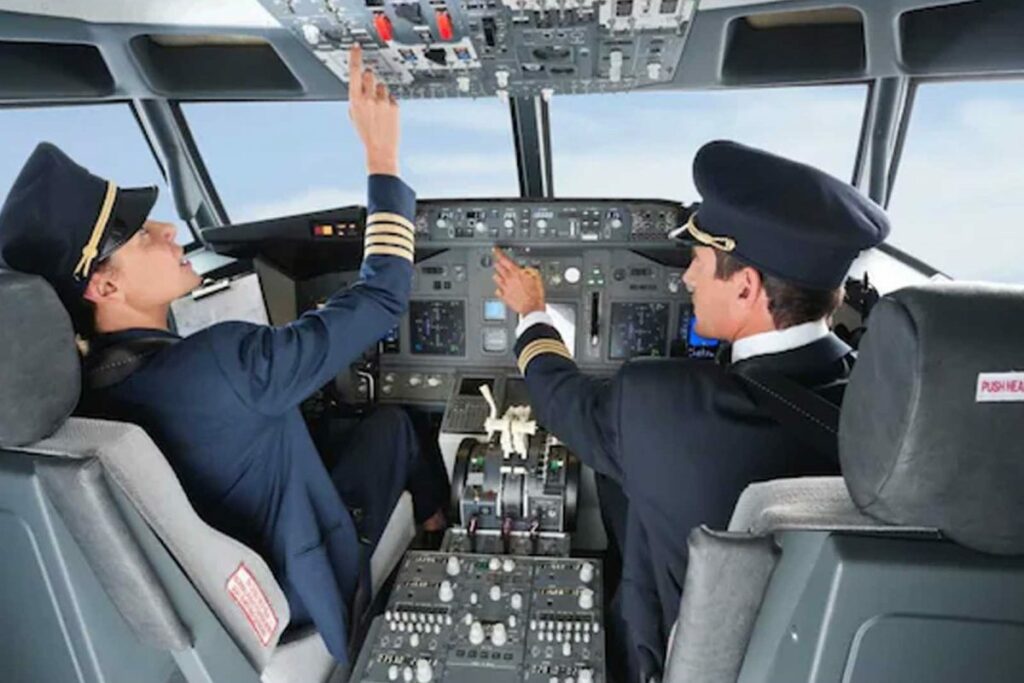The main reason for having two pilots on every flight is to ensure safety. The plane must have a backup pilot if something happens to the captain. Furthermore, the first officer provides a second opinion on piloting decisions, reducing pilot error. Do you know why the Pilot and Co-Pilot eat different meals on the flight?
This is to prevent food poisoning for pilots, captains, and co-pilot if there is a plot to hold the plane hostage so that they can prevent such a catastrophe and also for passenger safety purposes.
What is the Reason for Implementing This Rule?
The reason for serving different meals dates back to 1984 when all 120 passengers and flight crew members on the ultra-luxurious Concorde supersonic flight between London and New York contracted salmonellosis, an intestinal ailment caused by the bacteria Salmonella enteritidis. Everyone on board had gotten food poisoning.
All those affected experienced symptoms such as fever, vomiting, abdominal cramps, and diarrhea. According to The New York Times, one person died due to food poisoning.
Though in-flight meals are rarely contaminated, separate meals are served to avoid food poisoning and to ensure passenger safety. Some airlines, according to reports, have taken the initiative and prepared entirely different meals for the cockpit crew. Separate meals are served to the pilot and co-pilot to reduce the possibility of sickness.
A 2012 CNN interview with a Korean pilot revealed that pilots and co-pilots are served separate meals to avoid food poisoning. Typically, the pilot receives first-class food, while the co-pilot receives business-class food. (Source: The Conversation)
Why is Having Two Pilots Essential?
It is critical to have two pilots. In recent years, proposals to have a single pilot on the flight deck have been made to save money or potentially cover staff shortages. However, this is not feasible in an industry where safety is paramount.
Pilots and flight attendants are trained to handle various safety situations, regardless of whether they ever encounter them. On a typical day, one of the pilots, regardless of whether they are the captain or first officer, serves as the pilot flying and is in charge of flying the plane. They operate the controls, program the autopilot, and direct the plane’s flight path. The other pilot serves as pilot monitoring, assisting the pilot in flight by communicating with air traffic control, monitoring the engines and other parameters, and cross-checking all of the pilot’s actions.
The workload is split between the two pilots, and their responsibilities are clearly defined. While the captain is more senior and ultimately responsible for the flight’s safety, both pilots are professionally trained to handle all emergency situations.
Suppose either pilot is unable to perform their duties for any reason. In that case, the other pilot is fully trained to continue the flight safely, even in difficult and busy situations like takeoff and landing.
Although commercial planes have autopilot systems that are heavily used during flight, landing and takeoff are still manual tasks requiring a control pilot. Although automatic landing is very impressive, it is typically used only in extremely low visibility conditions. (Source: The Conversation)
Image from Youtube.com
